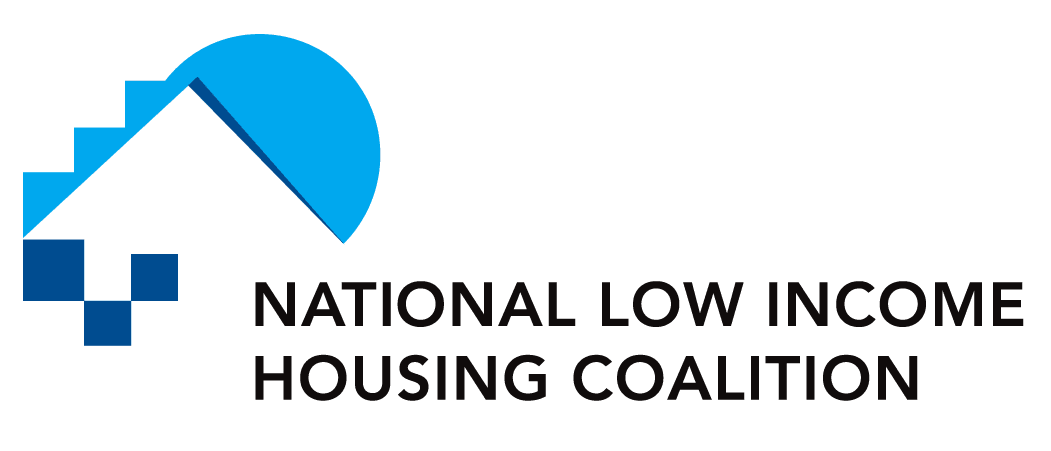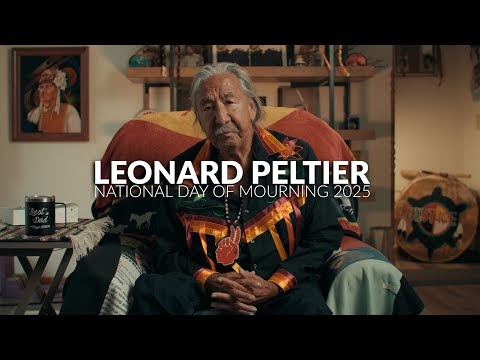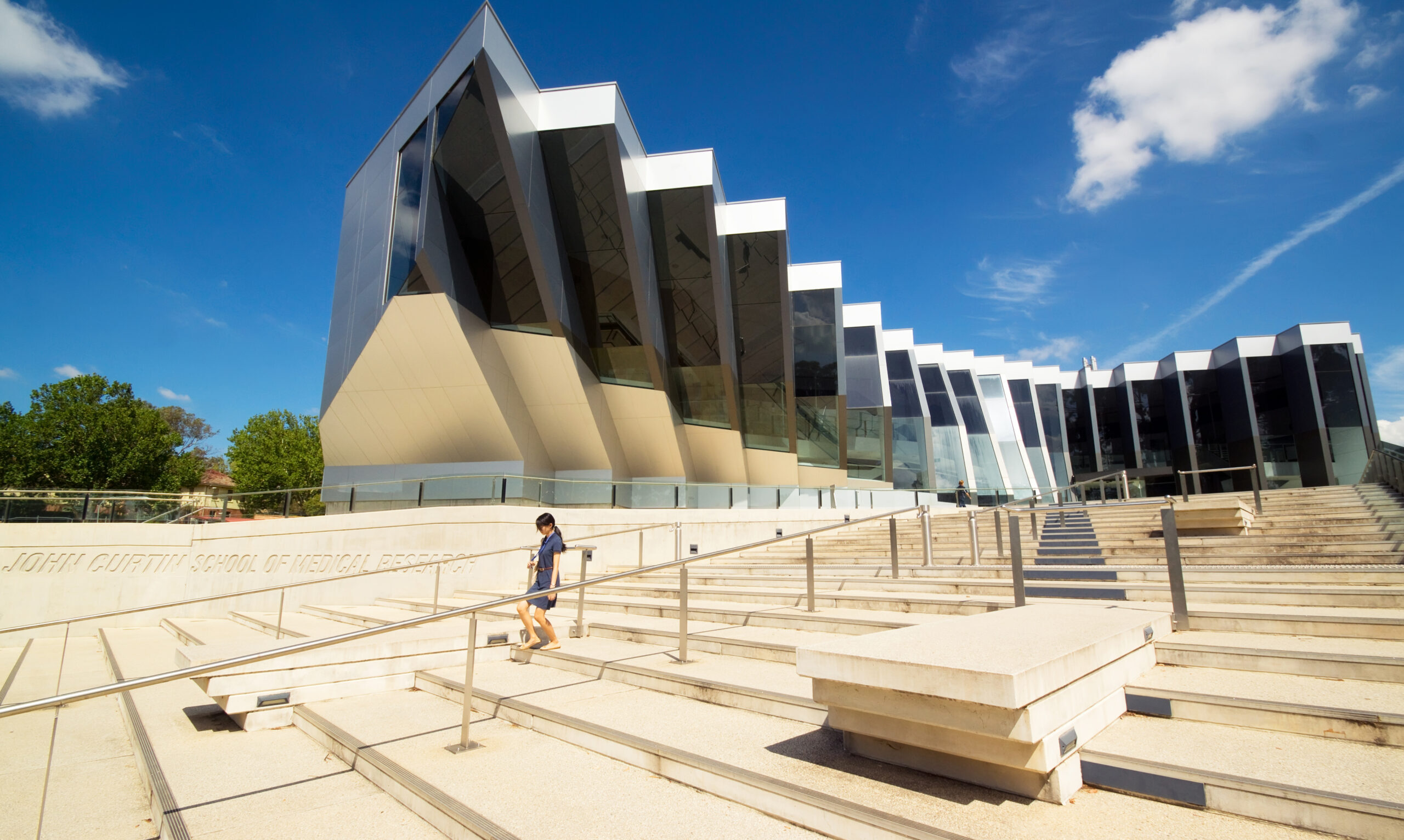Across the UK, millions of people struggle to prove what they’re capable of. From students juggling part-time work, to graduates volunteering in their communities, much of their learning sits outside formal qualifications and is effectively invisible to employers and institutions.
That invisibility costs everyone. It holds back individuals who can’t evidence their abilities and employers who struggle to identify the right talent, and it also drags on national productivity.
Last month the RSA and Ufi VocTech Trust published the final report of the Digital Badging Commission, From Skills to Growth: A Plan for Digital Badging in the UK. The conclusion is clear: the UK urgently needs a national digital skills wallet, linked to emerging plans for a national digital ID and built on open, interoperable standards. It would allow people to collect, store and share digital badges and credentials for their skills and capabilities that sit alongside their formal qualifications for a more holistic approach to education.
This recommendation now aligns directly with the UK government’s post-16 education and skills white paper which commits to a digital-first, lifelong learning system and the development of a national digital identity infrastructure. The commission’s proposals are therefore timely, practical and well placed to support the government’s agenda.
The missing infrastructure
While individual institutions issue transcripts in pdf format, and some pioneer digital badges alongside them, there’s no shared infrastructure to make those records connected nor visible across different sectors. As education and work become increasingly digital, paper certificates should be giving way to verifiable, portable digital records, alongside digital badges and credentials.
These are not just icons of achievement, but verified records embedded with information about who issued them, what they recognise and when they were awarded. Built on open standards, they can be issued by any organisation that follows the same open technical framework, ensuring compatibility across sectors.
Globally, digital badges and credentials are part of richer digital profile infrastructures, including Comprehensive Learner Records (CLRs) and Learning and Employment Records (LERs). CLRs capture academic, professional and co-curricular achievements, while LERs extend this to employment history, creating a portfolio of verified experience. Both can be stored in digital wallets, secure platforms that give individuals control over how and when they share their data with employers or education providers.
Together, these systems represent a shift towards lifelong, learner-owned digital records, combining qualifications, skills and experience into one trusted framework. This is precisely the direction outlined in the government’s white paper, which calls for a more joined-up and data-driven post-16 education landscape.
The Digital Badging Commission’s modelling shows that a trusted digital credentialing ecosystem could unlock billions in productivity across the wider economy through faster hiring and retention. But the gains go deeper than economics: visibility of skills drives inclusion. It means every learner, whatever their route, can have their capabilities recognised.
Keeping up with global trends
The use of digital skills wallets and LERs is accelerating worldwide. In the UK, the idea of a skills passport is not new – in 2022, the Council of Skills Advisers, chaired by David Blunkett, proposed a Learning and Skills Passport, a modular, assessment-based record built over a lifetime, linked to Individual Learning Accounts. More recently, under the industrial strategy, government confirmed that Skills England will work with industry to develop such passports.
Across Europe, the EU’s Digital Identity Wallet is being piloted in several member states ahead of full rollout in 2026. It will let citizens store and share verified digital credentials, from qualifications to identity documents, through a secure mobile app integrated with Europass. The system aims to make skills and qualifications transferable across borders, supporting the EU’s vision for a flexible, skills-based digital economy.
The Digital Badging Commission is calling for interoperable skills wallets that begins as an evolution of the Department for Education’s digital Education Record (which will be rolled out to all school pupils from August 2026). It will initially hold GCSEs for school-leavers but could expand to become a lifelong, portable record – potentially linking to whatever comes out of emerging plans for a national digital ID.
Here the white paper is welcome but incomplete. It describes an “education record app” focused on qualifications and support information, yet it does not set out how essential, non-accredited learning (workplace skills, volunteering, micro-credentials) will be imported. To avoid a two-tier system, the government should seize the chance to ensure one integrated wallet – rather than a separate “skills app” – so a person’s full skillset is represented, not just formal assessments. Not only that, but individuals should be able to choose what they share, and with whom.
This directly complements the white paper’s ambition for a unified skills and qualifications framework, ensuring that learning follows the individual, not the institution, across life and work.
Crucially, it must adopt open standards so that every education provider can issue records that align with it, and can be exported into a shared national wallet or interoperable proprietary ones. Degree transcripts from universities would no longer be in pdf format, but living records exported to the same technical rules as other credentials. A learner could move a verified transcript directly into a skills and qualifications wallet, combine it with badges from professional training or volunteering, and share it securely with employers anywhere in the UK.
That interoperability matters. Without it, the Education Record risks excluding lifelong learning altogether. With it, we can create a single, trusted architecture connecting higher education, workplace learning and civic participation. For universities, it means the qualifications they issue remain visible and valuable in a joined-up system.
What higher education stands to gain
There’s a strategic choice here. Universities can either wait until government or private platforms dictate the standards or help design them now.
By engaging early, HEIs can enhance their reputation and competitiveness by being seen as innovators in trusted digital credentials. This will strengthen their global profile and appeal to learners and employers seeking transparent, skills-focused education. They can provide better learner outcomes by meaningfully capturing students’ broader skills, placements and co-curricular learning, improving employability and lifelong learning pathways – taking the former Higher Education Achievement Record to its natural digital conclusion, and making lifelong learning tangible, rather than rhetorical, to students. Moreover, early involvement will mean a smoother integration with existing systems (VLEs and student records), reducing future compliance costs and avoiding disruptive retrofitting when standards are mandated.
The post-16 white paper’s call for a coherent digital skills framework reinforces this opportunity for universities to lead, not follow, in shaping the standards and technology that will define post-16 learning.
The obvious concerns are trust, quality and cost. Without consistent quality assurance, digital credentials risk being untrusted markers of skill. That’s why the Commission also calls for a national registry for digital credential quality assurance – a registry that defines standards, metadata requirements and approved issuers.
Quality is not the enemy of flexibility in this case; it is the enabler of trust. If universities lead in shaping these standards, they can ensure rigour and learner protection are built in from the start.
Adopting open standards in education and digital skills systems will not necessarily be straightforward, particularly in environments where legacy systems have been modified incrementally over years. For many institutions, both large and small, modifying student information systems and integrating open standards to bring them into line will require significant overhaul of systems, as well as underpinning investment in staff training.
However, the implementation of the LLE is requiring all institutions to explore the extent to which their student record systems are fit for purpose, and this represents a real opportunity to think broadly about what systems will be required in the future.
A call to lead, not follow
The RSA once helped invent the modern exam system. Today we need the same leap of imagination for the digital age. If we want an inclusive, high-trust and high-skill economy, recognition must catch up with reality.
Universities are uniquely placed to lead this transition, rooted in evidence, trusted by learners and central to the national conversation about growth. The question is not whether digital credentials will become part of our landscape, but who will set the standards and values that shape them.
By engaging with open standards for degree transcripts and flexing VLEs to deliver digital badges, higher education can ensure that the national digital skills wallet reflects academic quality, learner autonomy and social purpose. In the wake of the government’s post-16 white paper – and with clarity now needed on integrating non-accredited learning – the timing could not be better. It’s an opportunity to turn invisible learning into visible value.
You can download the Digital Badging Commission’s final report, From Skills to Growth: A Plan for Digital Badging in the UK here.










